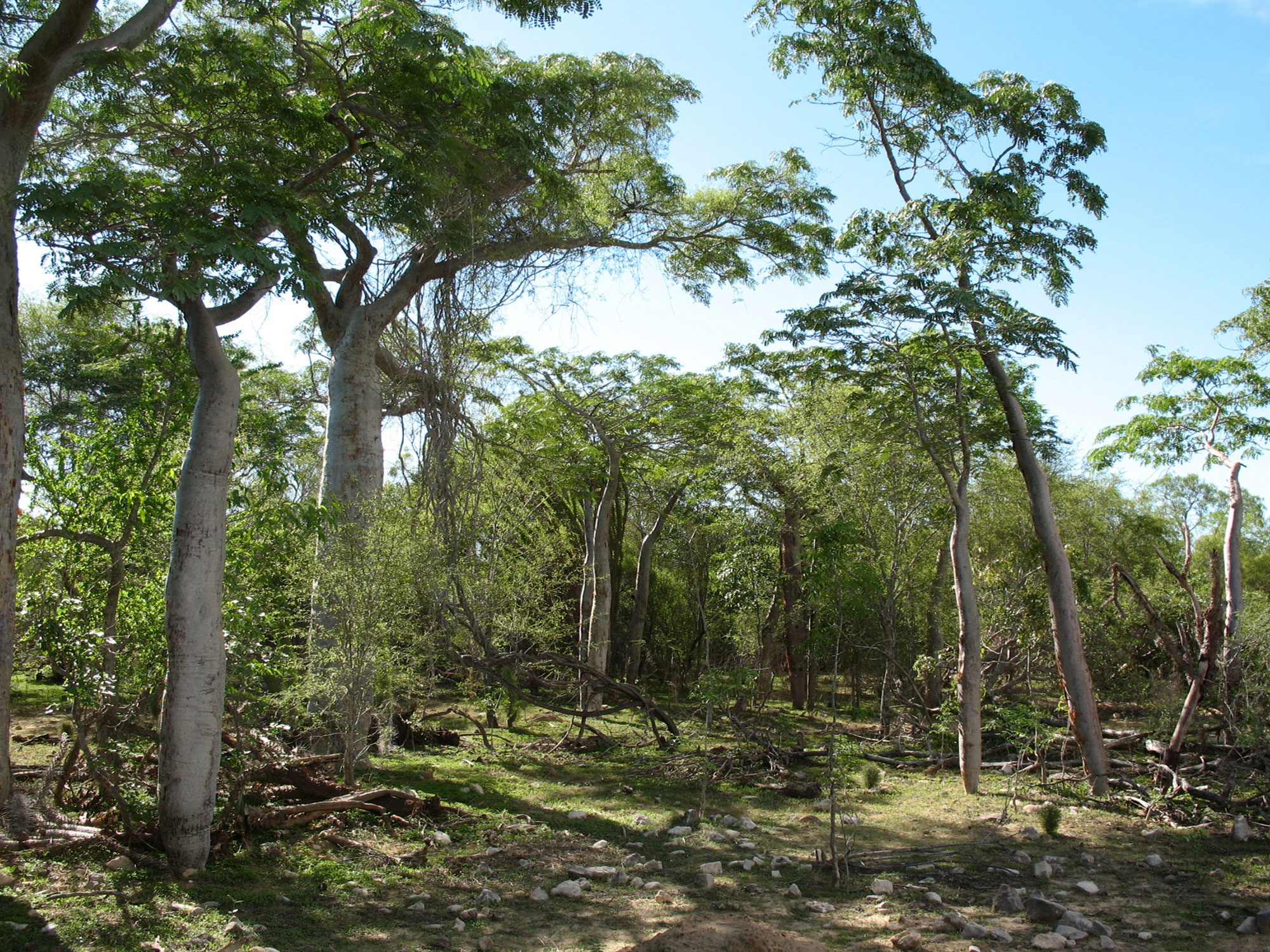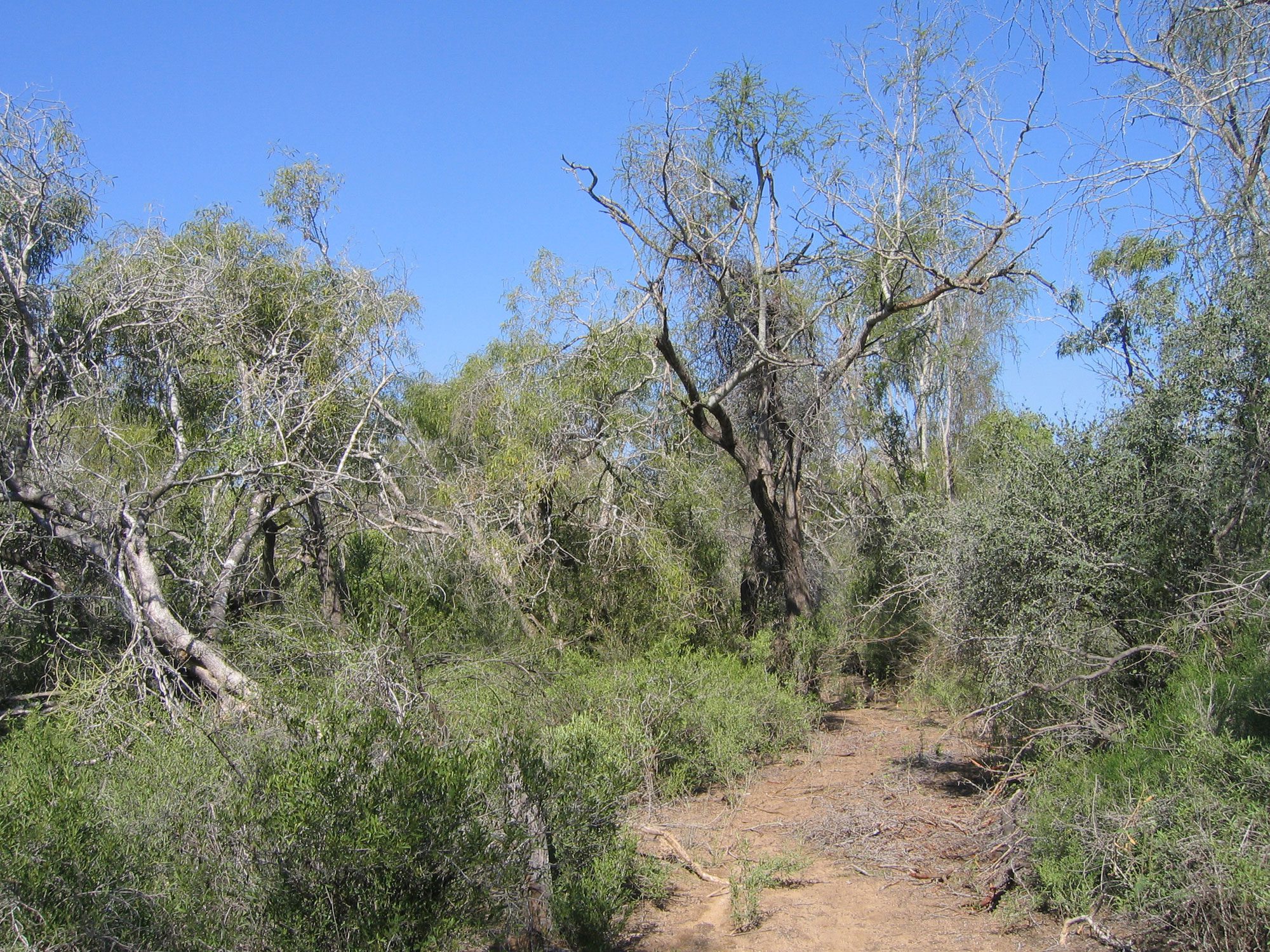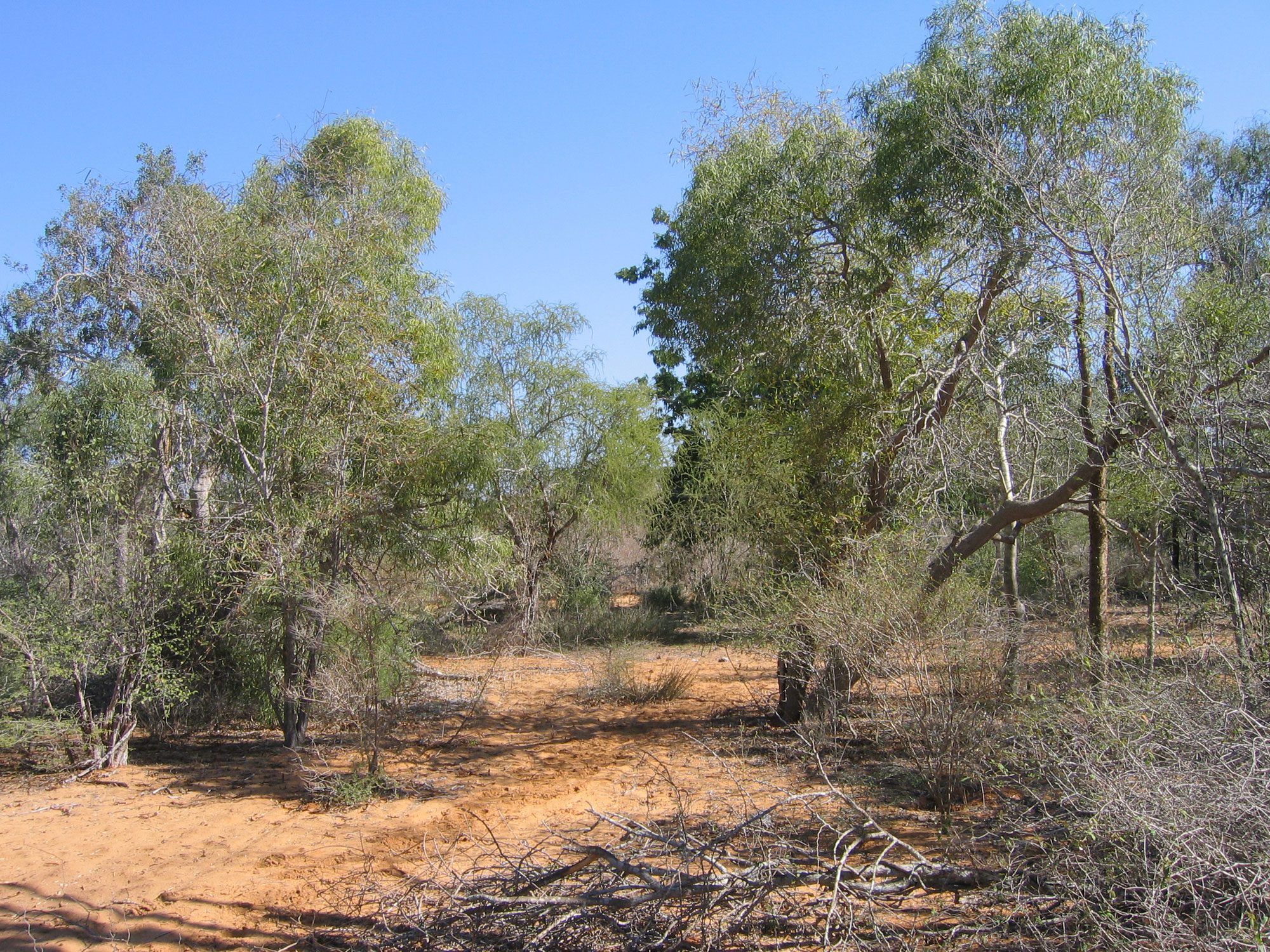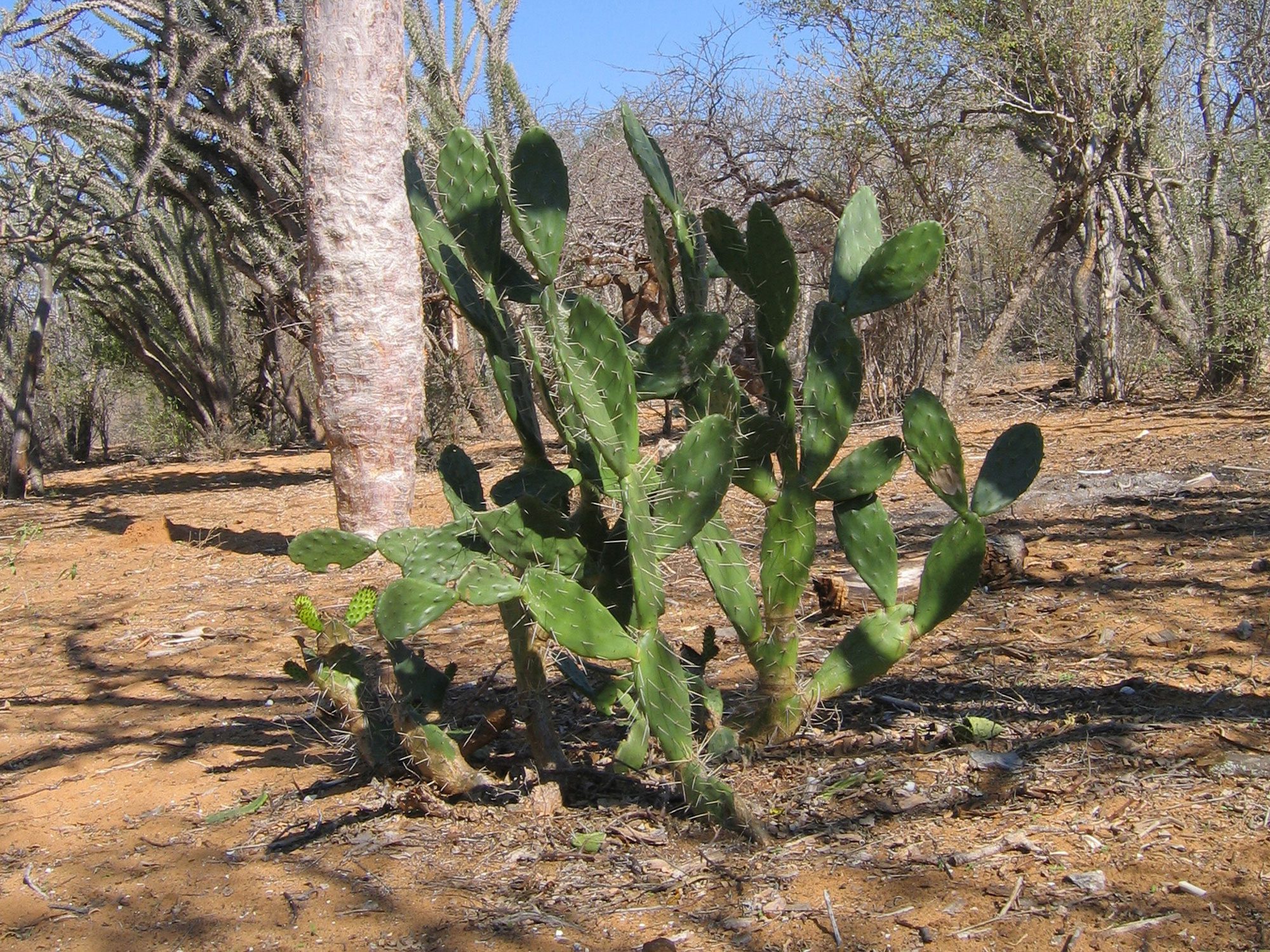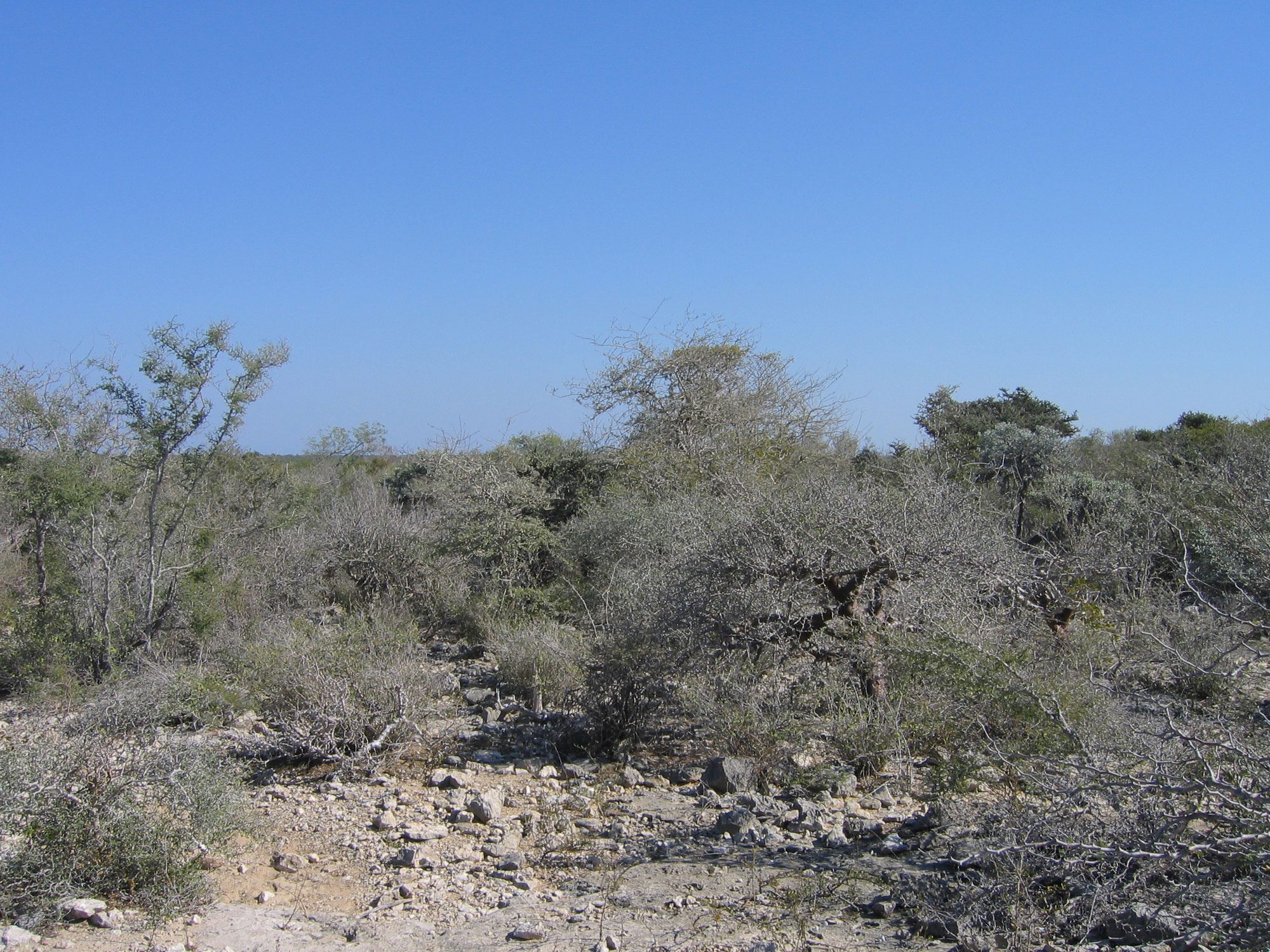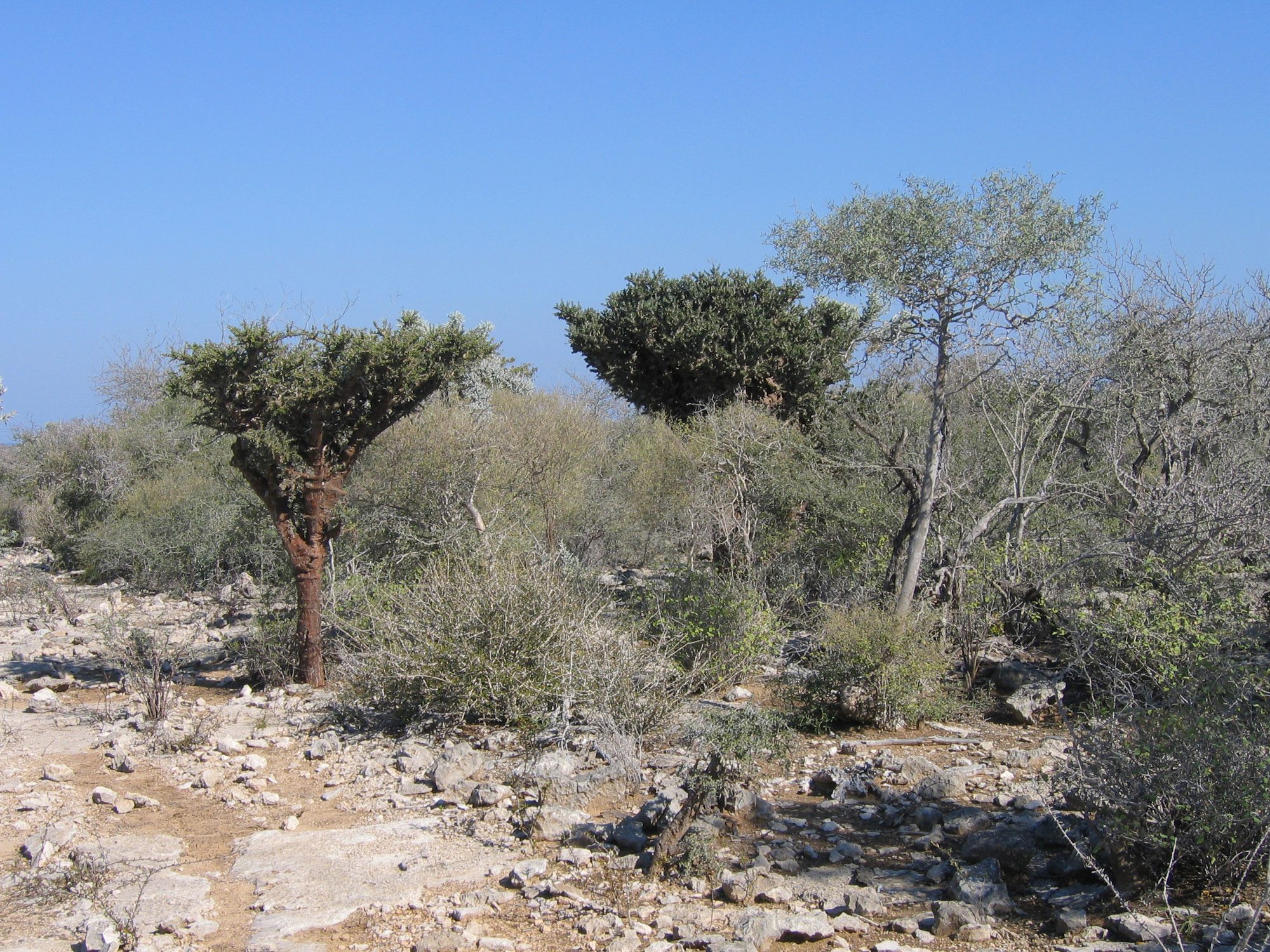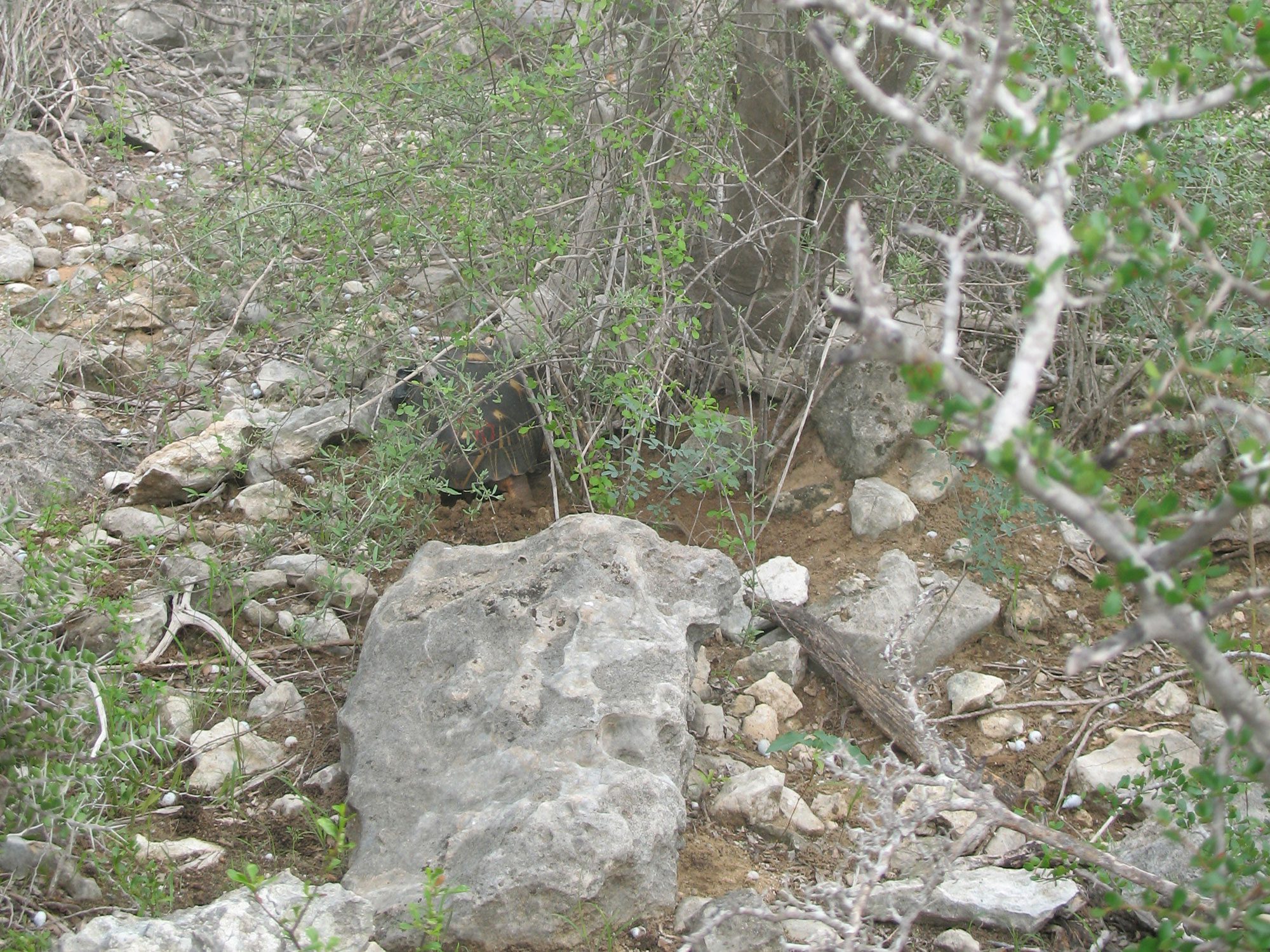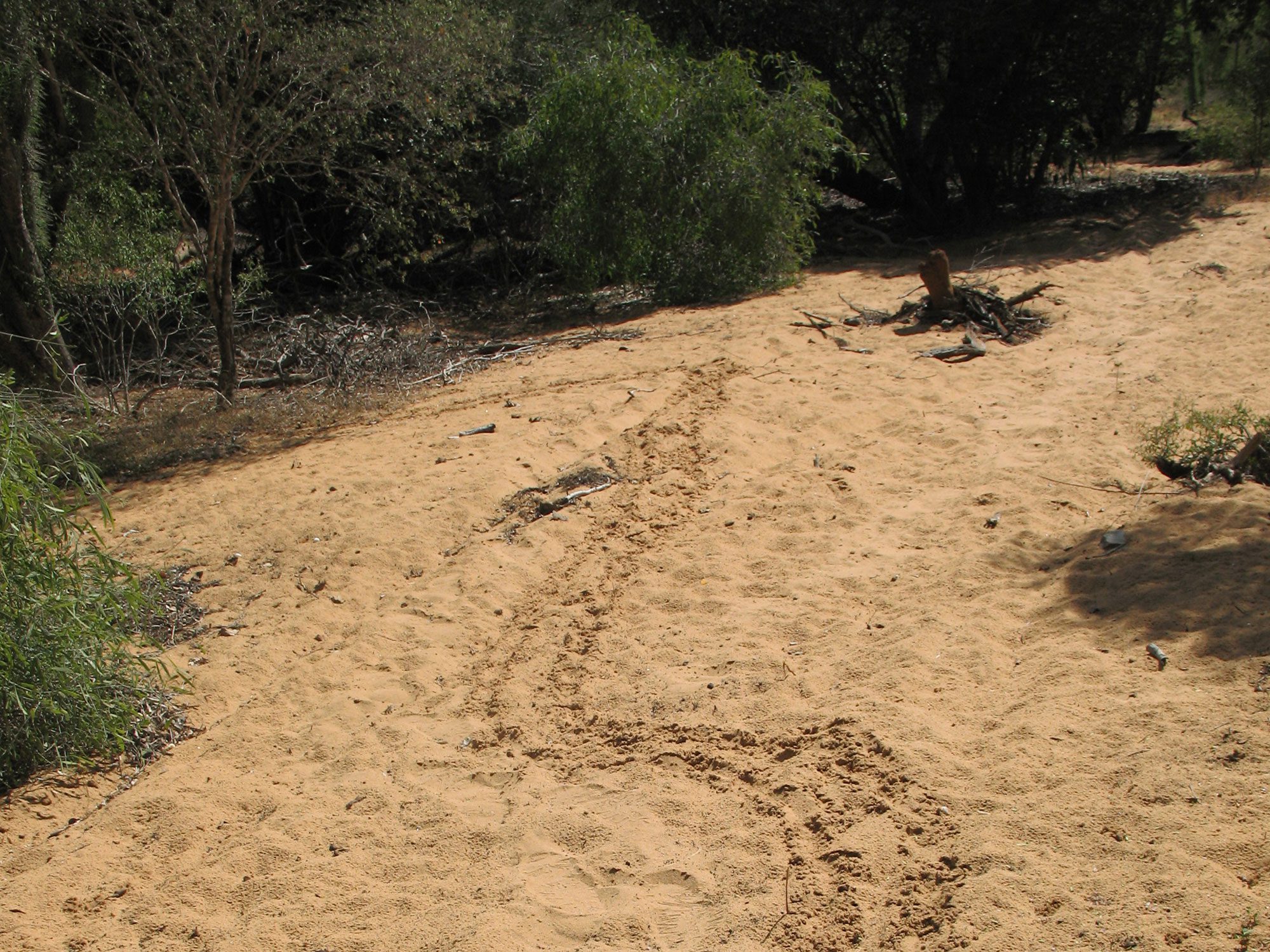Verbreitung
Astrochelys radiata ist eine endemische Species und bewohnt ausschliesslich den Südwesten Madagaskars. Man findet sie in einem ca. 21000 km2 grossen Gebiet zwischen den Flüssen Onilahy und Mandrare. Heute kommt sie noch in einem schmalen Landgürtel, der sich von der Küste bis ca. 50 km ins Landesinnere erstreckt, natürlich vor. Das Hauptverbreitungsgebiet erstreckt sich auf dem Mahafaly- und dem Karimbolaplateau. Fossile Funde belegen jedoch, dass die Art früher in einem wesentlich grösseren Verbreitungsgebiet natürlich vorkam.
Von Einheimischen als Haustier und lebende Fleischreserve gehalten findet man Strahlenschildkröten auch verstreut in anderen Regionen Madagaskars. Sie werden von Einheimischen aus Aberglaube oft mit Hühnern und Enten zusammen gehalten, da sie diesen Schutz vor Krankheiten bieten sollen. Entlaufene Tiere können vorkommen, etablierte Populationen außerhalb der ursprünglichen Verbreitungsgebietes gelten aber als unwahrscheinlich. Auf den benachbarten Inseln Mauritius und La Réunion wurde Astrochelys radiata schon zu Zeiten der Seefahrer zur Nahrungsgewinnung eingeführt. Heute wird sie dort in menschlicher Obhut und unter nahezu natürlichen Bedingungen auch in grosser Zahl nachgezüchtet.
Habitat
Astrochelys radiata lebt in Gebieten mit ausgeprägter Trockenzeit und einer durch Dornbuschsavanne dominierten Vegetation. Das lokale Habitat wird hauptsächlich geprägt durch sukkulente und dornige Pflanzen, insbesondere aus den Familien der Didiereaceae und Euphorbiaceae. Die Buschvegetation wird von Diospyros sp. dominiert (Seddon et al. 2000). Sie besiedelt gerne Areale mit niedriger und dichter Vegetation und solche, in denen nach Abholzung und Überweidung vorallem Opuntienkakteen vorherrschen. Allgemein werden die Habitate in denen Astrochely radiata anzutreffen ist unter xerophytischer Wald- und Buschlandschaft zusammengefasst.
Durch das Abweiden von Gräsern und Austreten kleiner Pfade in der Buschlandschaft schaffen Strahlenschildkröten Platz für kleinwüchsige und wasserspeichernde Sukkulenten. Mit der Aufnahme und dem Ausscheiden unverdauter Samen sorgt Astrochelys radiata auch für die Ausbreitung von zum Teil seltenen, endemischen Pflanzenarten in ihrem Habitat. Strahlenschildkröten erweisen sich so als sanfte Gärtner und Architekten eines äusserst empfindlichen Ökosystems.
Als Xerophyten (aus griech.: xeros «trocken» und phytos «Pflanze») bezeichnet man einen Organisationstyp von Pflanzen, die an extrem trockene Standorte angepasst sind. Genauer gesagt sind es Pflanzen, die an eine regelmäßige bis vollständige Knappheit von flüssigem Wasser angepasst sind. Diese Knappheit kann klimatisch bedingt sein, wie in ariden bis semiariden Klimazonen, wo Wasser generell fehlt oder in arktisch-alpinen Zonen, wo Wasser nicht in flüssiger Form verfügbar ist, die die Pflanzen benötigen. Die Wasserknappheit kann aber auch auf die Beschaffenheit des Bodens zurückzuführen sein wie bei Sandböden (geringes Wasserhaltevermögen), Lehmböden (verdichtetes Material, Wasser fließt oberflächlich ab) oder auch bei Kalkgestein (oft viele Furchen und Risse, Wasser versickert schnell). Die Anpassungsformen an die Knappheit von flüssigem Wasser nennt man Xeromorphien. Astrochelys radiata ist eine Spezies, die sich im Laufe der Evolution an einen Lebensraum mit sehr wenig Wasser anpassen konnte.
Typische Habitate von Astrochelys radiata
Auf den folgenden Bildern sind typische Habitate der Madagassischen Strahlenschildkröte zu sehen. Das Bildmaterial stammt aus dem Nationalpark Tsimanampetsotsa, im Südwesten Madagaskars und wurde uns mit freundlicher Unterstützung und Erlaubnis von Frau Jutta Hammer zur Verfügung gestellt.
Strahlenschildkröten stellen in menschlicher Obhut sehr hohe Ansprüche an Platz, Pflege und Infrastruktur. Vor einer Anschaffung und bei der Planung von naturnahen Indoor- und Outdooranlagen ist es sehr wichtig, die Gegebenheiten des Ursprungsgebietes von Astrochelys radiata genau zu studieren und sich daran zu orientieren. Praktisch alle Haltungsparameter wie z.B. Bodenbeschaffenheit, Vegetation, Klima, etc. lassen sich aus dem natürlichen Lebensraum der Tiere ableiten und in die Haltungskonzepte intergrieren.

